When you think of dangerous animals, your mind might jump to wild beasts like lions, sharks, or venomous snakes. However, some of the pet animals we welcome into our homes can also pose serious risks. While many pets are perfectly safe with the proper care and precautions, it’s essential to be aware of the potential dangers. From overlooked aggression to unexpected toxicity, these creatures can surprise even seasoned pet owners.
1. Ferrets: The Mischievous Nibblers
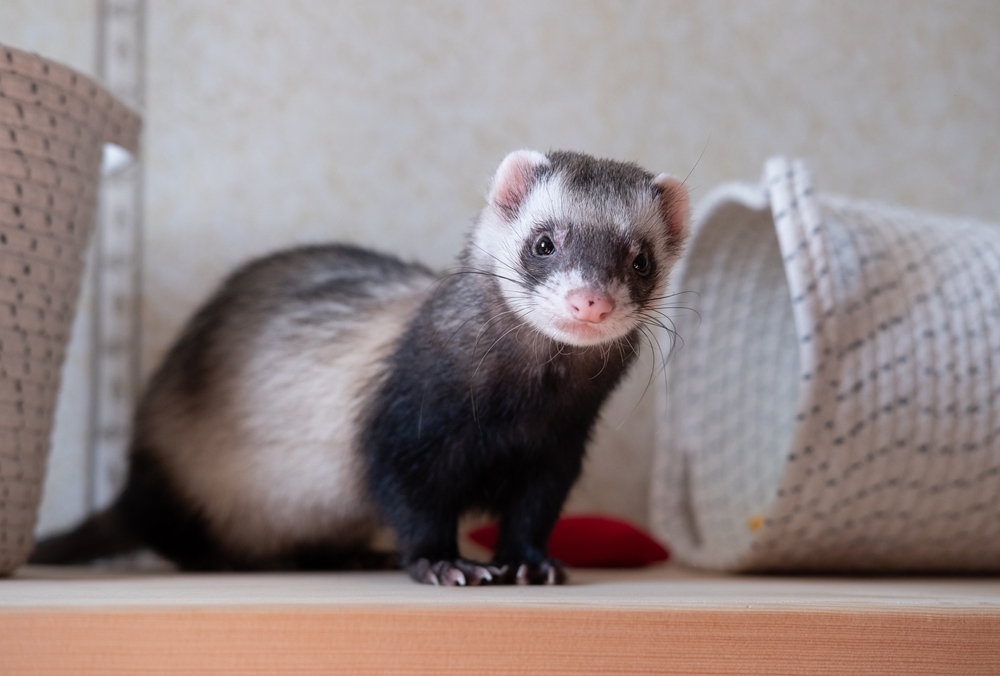
Ferrets are small, curious creatures with a playful demeanor that can win over anyone’s heart. They love to explore, which often means they get into places and things they shouldn’t. While their playful nature is endearing, it can also be dangerous. Ferrets have sharp teeth and a strong bite, which they use when they feel threatened or overly excited. According to Be Chewy, ferret bites can result in deep puncture wounds that are prone to infection. Hence, they require constant supervision, especially around small children who may not understand how to handle them gently.
Additionally, ferrets can squeeze through surprisingly small gaps, leading to potential escape or injury scenarios. They are also known to steal and hide small objects, which might include hazardous items like rubber bands or small toys. If swallowed, these objects can cause intestinal blockages, necessitating emergency medical intervention. Ferrets are delightful pets, but their care requires a good understanding of their behavior and needs. Always ensure that your living space is ferret-proofed to prevent any unfortunate incidents.
2. Parrots: The Beaks of Prey
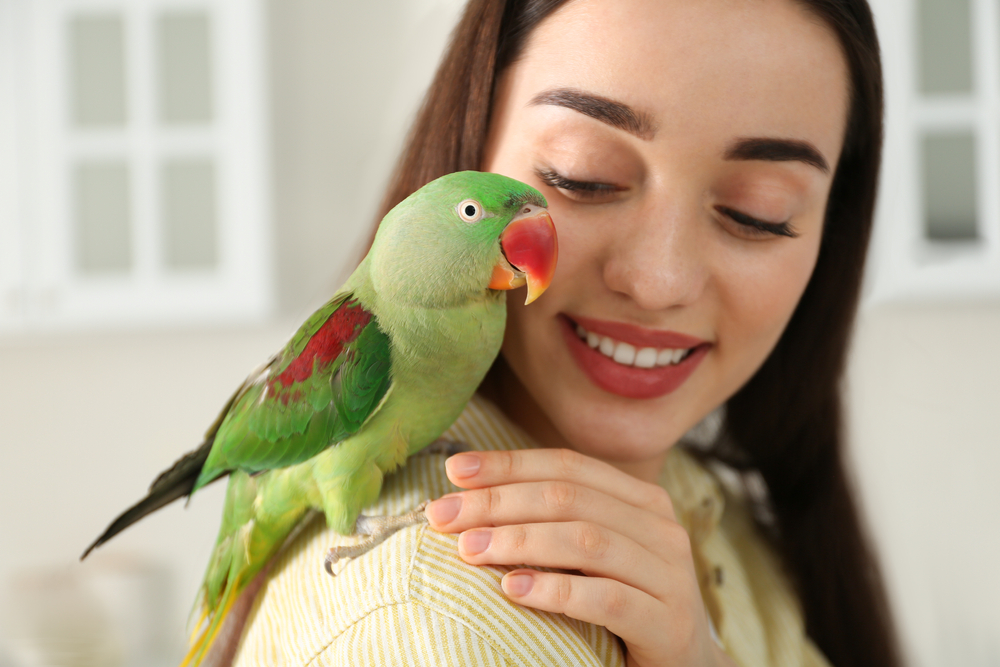
Parrots are renowned for their intelligence and ability to mimic human speech, making them popular pets worldwide. However, their sharp, powerful beaks are not just for cracking seeds and nuts; they can also inflict serious bites. A parrot bite can easily break the skin and, in severe cases, even fracture bones. According to the RSPCA, parrots can become aggressive if they feel threatened or if their social and environmental needs are unmet.
Parrots are social creatures who require significant mental and physical stimulation. Without it, they can develop destructive behaviors such as feather plucking or aggression. It’s crucial to provide them with a variety of toys, regular social interaction, and training. Inexperienced owners may struggle to interpret their complex body language, potentially leading to mishaps. Always approach them with patience and understanding to prevent any aggressive encounters.
3. Turtles: Slow and Steady, but Not Safe
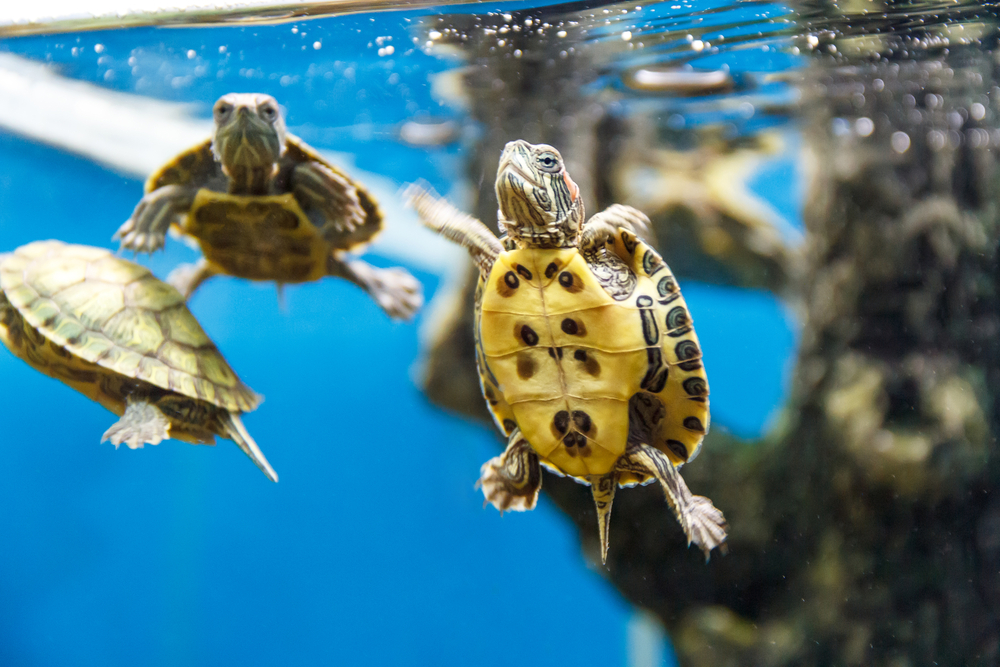
Turtles might seem like the perfect low-maintenance pet with their slow pace and docile appearance. However, they can be carriers of Salmonella bacteria, leading to serious illness in humans. In fact, according to the Centers for Disease Control and Prevention (CDC), turtles and other reptiles are responsible for various Salmonella outbreaks. This risk is exceptionally high in households with small children, elderly individuals, or immunocompromised persons.
While turtles rarely bite humans, their powerful jaws can cause injury if they feel threatened or mishandled. They require specific environmental conditions to thrive, including the right temperature, UV lighting, and a clean habitat. Improper care can lead to health issues for the turtle, indirectly posing risks to humans. Washing hands thoroughly after handling turtles or cleaning their habitats is crucial. Proper care and hygiene practices can minimize the risks associated with turtle ownership.
4. Hamsters: Tiny, but Territorially Fierce
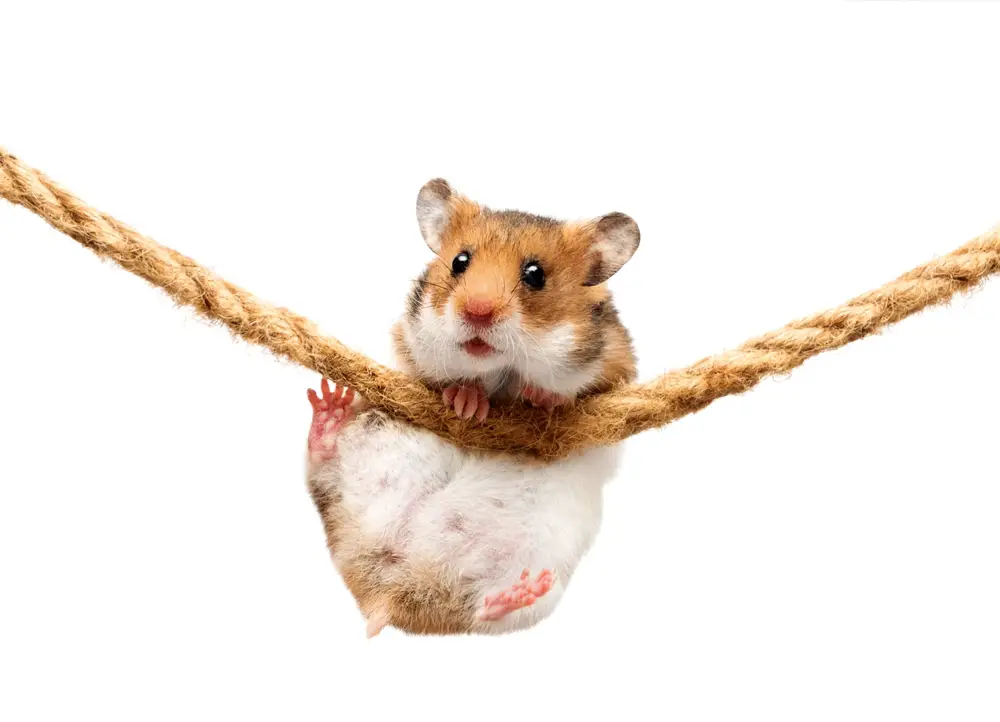
Hamsters are often seen as the quintessential “starter pet” for young children due to their small size and cute appearance. However, they come with their own set of challenges. Hamsters can become aggressive and territorial, especially if they are handled incorrectly or disturbed during their sleep. They have sharp teeth and can deliver a painful bite if they feel threatened. It’s important to teach children the right way to handle and approach them to prevent any aggressive behavior.
Moreover, hamsters are nocturnal animals, meaning they are most active during the night. This can lead to issues if their playtime disturbs the household. They need a large enough cage with plenty of toys and opportunities for exercise. It’s also essential to clean their living space regularly to prevent the build-up of bacteria that can be harmful to both the pet and the owner. With the right care and attention, hamsters can be delightful companions, but they are not without risks.
5. Iguanas: The Reptilian Whip
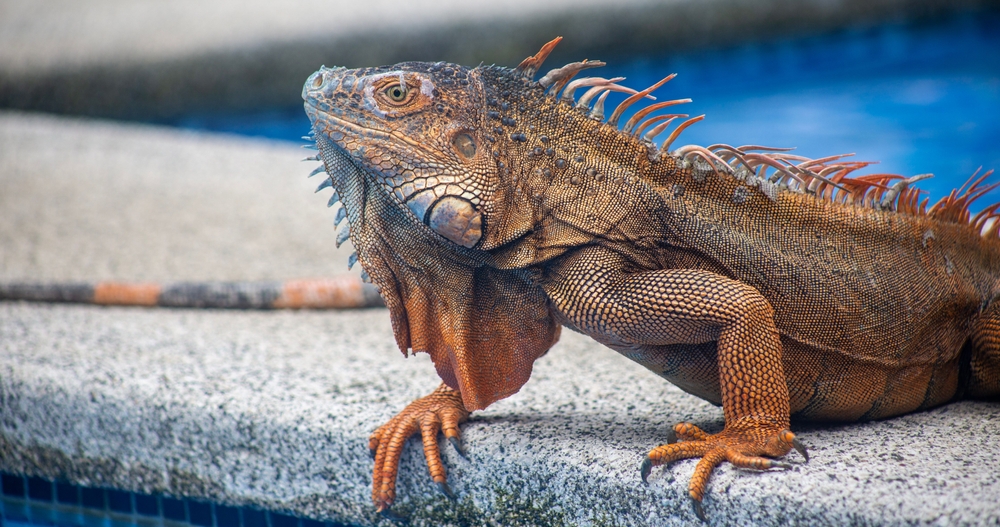
Iguanas are fascinating reptiles, known for their striking appearance and interesting behaviors. However, they can be quite dangerous if not handled correctly. Iguanas have sharp claws, powerful tails, and strong jaws that can inflict significant injuries. Their tail, in particular, is used as a whip, and they can deliver a painful lash if they feel threatened. They also tend to be territorial, especially during the breeding season, which can increase their aggression levels.
Iguanas require a specific environment with appropriate temperature, humidity, and lighting to remain healthy. An iguana that is not properly cared for can become stressed, which often results in more aggressive behavior. Moreover, they can also carry Salmonella bacteria, posing a risk to humans, especially children and elderly individuals. It’s crucial to handle them with care and ensure that their environment is well-maintained to minimize risks. With proper handling and care, iguanas can be intriguing pets, though they are not suitable for everyone.
6. Sugar Gliders: The High-Flying Misfits
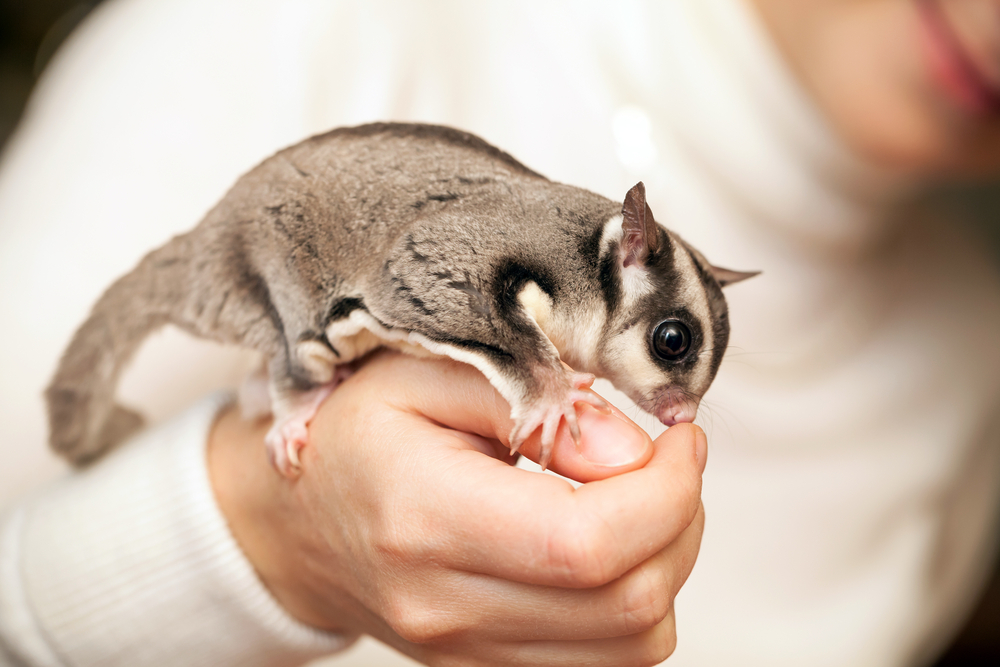
Sugar gliders are small, nocturnal marsupials that glide through the air, making them fascinating pets for enthusiasts. However, their exotic nature comes with a host of challenges that can be perilous if not properly managed. They have sharp claws and teeth, which they can use defensively if they feel scared or threatened. A sugar glider bite can be painful and may lead to infection if not treated promptly. Moreover, they require a specific diet and social structure to thrive, and any disruption can lead to stress and aggression.
Given their nocturnal habits, sugar gliders are most active at night, which can be inconvenient for some owners. They need ample space to glide and climb, along with a variety of toys for mental stimulation. Failing to meet these needs can result in behavioral issues such as self-mutilation or aggression. Additionally, sugar gliders have a strong social structure, and loneliness can lead to depression and health problems. They are best kept in pairs or small groups and require a dedicated owner who can invest time and effort into their care.
7. Cats: Not Always the Purrfect Companion

Cats are one of the most popular pets worldwide, known for their independence and affectionate behavior. However, they can also exhibit aggressive behaviors that may catch owners off guard. Cats have sharp claws and teeth, and even a playful swipe can lead to scratches or bites that might get infected. Aggression in cats can stem from various reasons, including fear, overstimulation, or territorial disputes.
Additionally, cats can carry parasites like Toxoplasma gondii, which can be transmitted to humans through their feces. This is particularly concerning for pregnant women, as it can lead to complications in the unborn child. Proper hygiene and handling practices are essential to minimize these risks. Understanding a cat’s body language and respecting their boundaries can go a long way in preventing aggressive incidents. With the right approach, cats can be loving companions, though they require attention and care.
8. Frogs: Cute Hoppers with Toxic Secrets
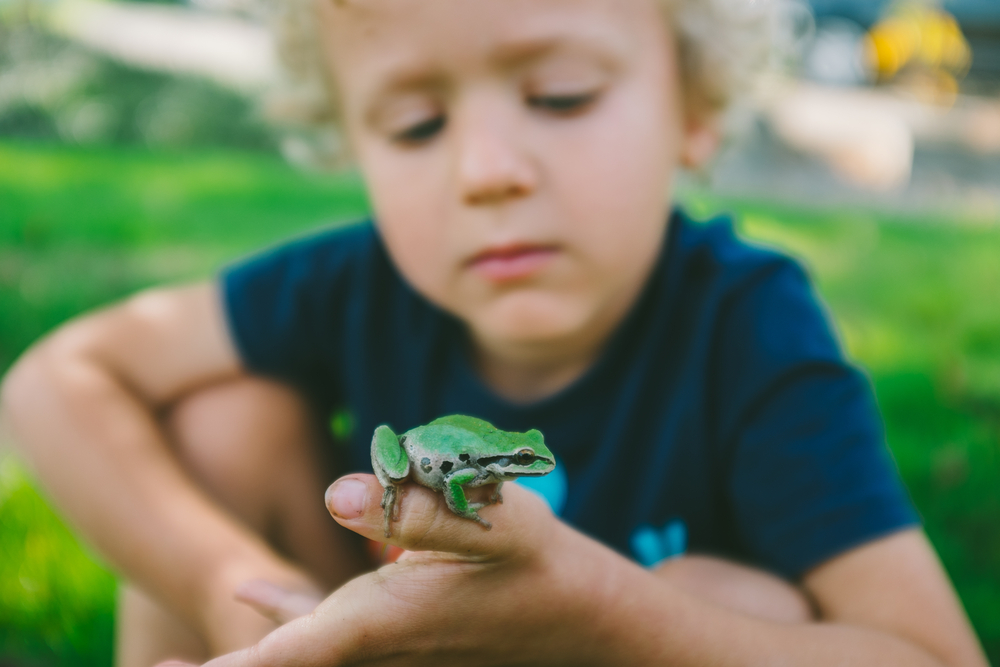
Frogs are often admired for their unique appearances and gentle croaks, making them intriguing pets for hobbyists. However, some frog species secrete toxins through their skin, which can be harmful if ingested or touched. This poses a risk, especially to children who may not be aware of the danger. Handling frogs with bare hands can also lead to the transfer of oils or chemicals that may harm the frog itself. It’s crucial to research specific species to understand any associated risks and necessary precautions.
Frogs require a controlled environment that mimics their natural habitat, including appropriate humidity, temperature, and a balanced diet. Poor living conditions can lead to stress and health issues, potentially increasing their secretion of harmful substances. Additionally, frogs can carry diseases like Salmonella, posing a risk to humans. Always wash your hands thoroughly after handling frogs or cleaning their enclosures. With the proper care and knowledge, frog ownership can be a rewarding experience, though it is not without its challenges.
9. Hedgehogs: Spiny Balls of Curiosity
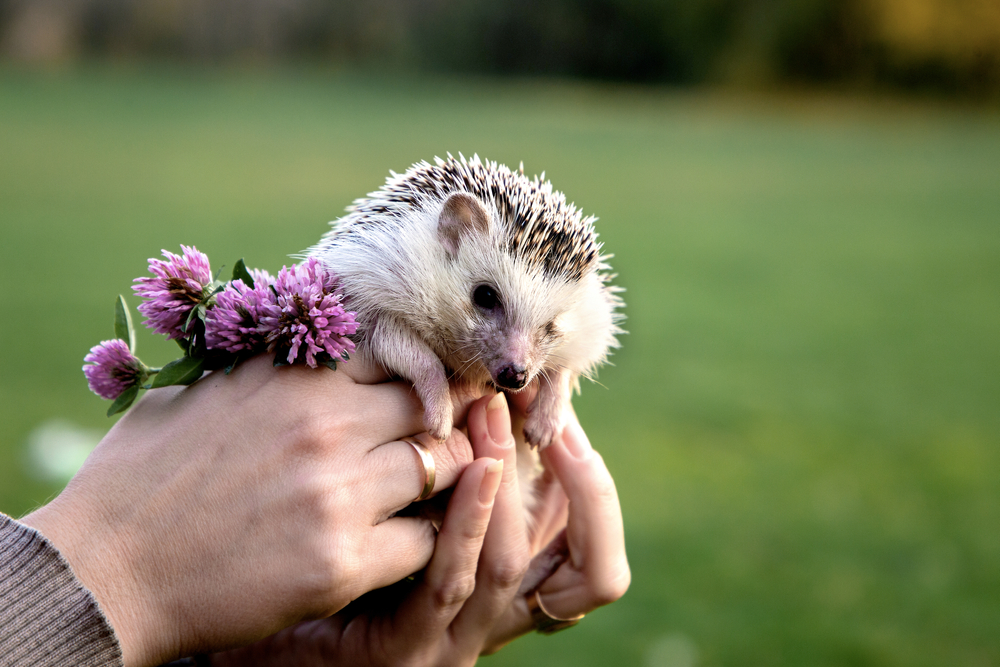
Hedgehogs are small, spiny mammals that have gained popularity as exotic pets. Their unique appearance and curious personalities make them appealing, but they require specific care to prevent potential dangers. Hedgehogs have quills that can cause injury if they are improperly handled or feel threatened. While they are not aggressive by nature, a startled hedgehog may curl into a ball, and their quills can puncture the skin, leading to infection if not treated.
In addition to their physical defenses, hedgehogs can carry diseases such as ringworm and Salmonella, which can be transmitted to humans. This is particularly concerning in households with children or immunocompromised individuals. Hedgehogs need a clean and spacious environment to thrive, along with a proper diet to prevent obesity and related health issues. Regular veterinary check-ups are essential to ensure their well-being. With the right care and approach, hedgehogs can be delightful pets, though they require more attention than one might assume.
10. Snakes: Slithery, but Potentially Venomous
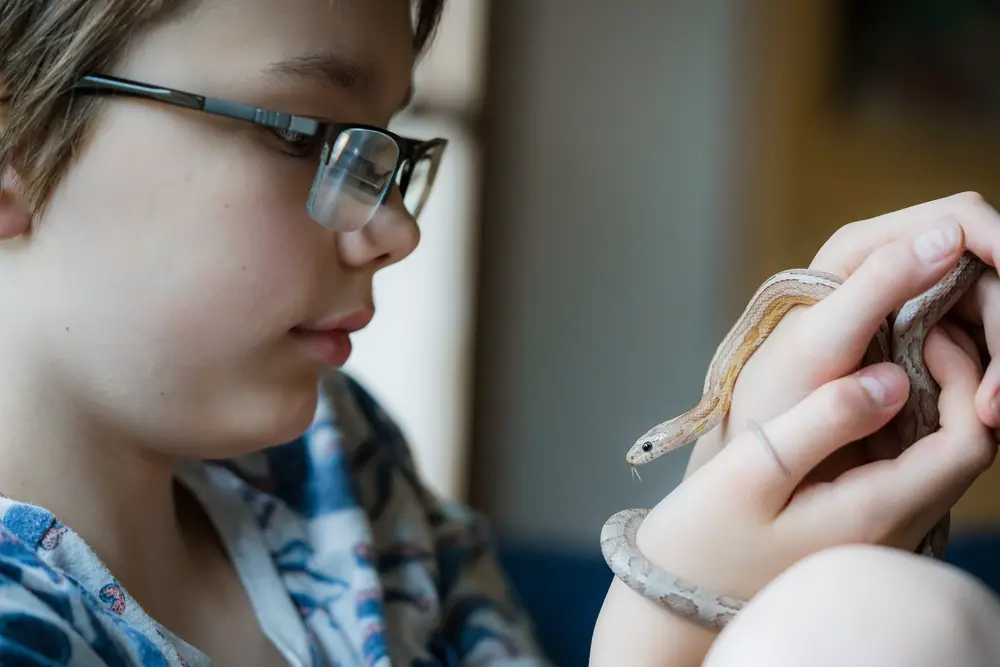
Snakes are fascinating reptiles that appeal to those looking for an exotic pet experience. While many pet snakes are non-venomous and relatively easy to care for, they can still pose risks if not handled properly. Some species have mild venom that can cause allergic reactions in certain individuals. Even non-venomous snakes have sharp teeth and strong constricting abilities that can cause injury if they feel threatened.
It’s vital to research the specific species of snake you are considering as a pet to understand their behavior and care requirements. Snakes require a secure and appropriate habitat to prevent escapes, which can be dangerous for both the snake and people nearby. They can also carry pathogens like Salmonella, necessitating proper hygiene practices. Regular handling can help tame a snake, but it’s crucial to respect their boundaries and handle them with care. With the right knowledge and preparation, snake ownership can be a rewarding experience.
11. Dogs: Man’s Best Friend, But With a Caveat

Dogs are often considered loyal companions and are one of the most common pets worldwide. However, not all dogs are naturally friendly, and some may exhibit aggression due to fear, territoriality, or lack of proper training. Dog bites can result in severe injuries and require medical attention, especially if the dog is not vaccinated against rabies. It’s essential to understand a dog’s temperament and provide proper training and socialization from an early age.
Additionally, certain breeds are predisposed to aggressive behavior, requiring experienced handling. Owners should always supervise interactions between dogs and young children to prevent any unwanted incidents. Proper care, including regular exercise and a balanced diet, is crucial for maintaining a good physical and mental state. Neglected or poorly trained dogs are more likely to develop behavioral issues that can lead to aggression. With responsible ownership, dogs can be loving and protective members of the family.
12. Rabbits: Not Just Fluffy and Cute
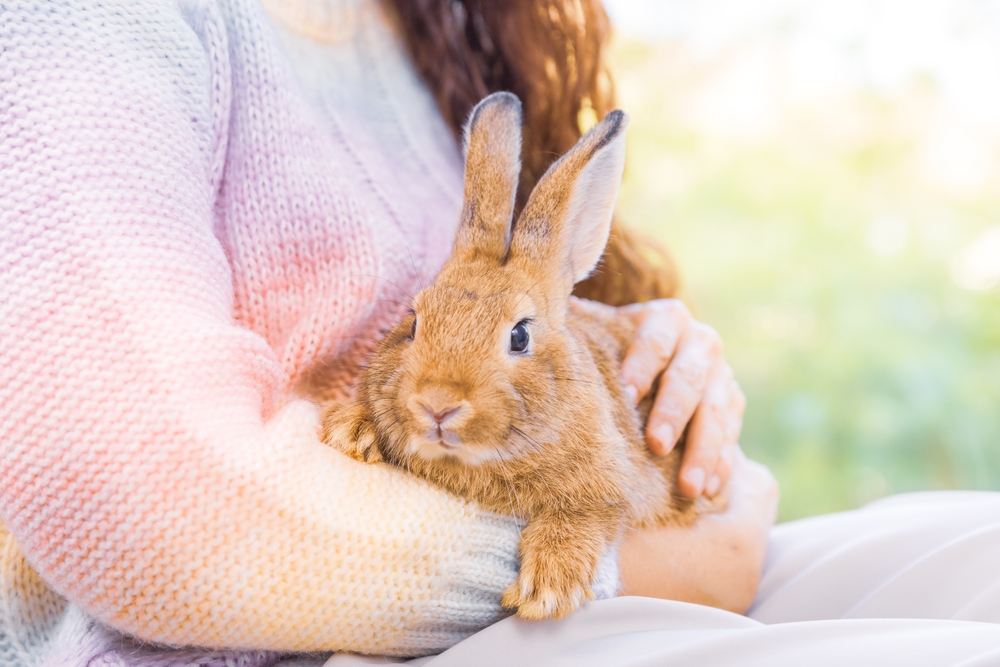
Rabbits are often seen as cute, cuddly pets, but they have their own set of challenges that can be dangerous if overlooked. They have strong hind legs and sharp claws that can cause injury if they kick or scratch. Rabbits can become aggressive if they feel threatened or if their territorial instincts are triggered. It’s essential to handle them gently and provide a safe environment to prevent any aggressive behavior.
Moreover, rabbits require a specific diet high in fiber to maintain their digestive health. An improper diet can lead to gastrointestinal issues, which can be life-threatening. They also need plenty of space to hop around and exercise, as well as mental stimulation to prevent boredom and behavioral issues. Rabbits are social animals that thrive in the company of other rabbits, so isolation can lead to stress and aggression. With the right care and attention, rabbits can be wonderful pets, though they require more effort than one might expect.
13. Fish: More Than Just a Pretty Tank
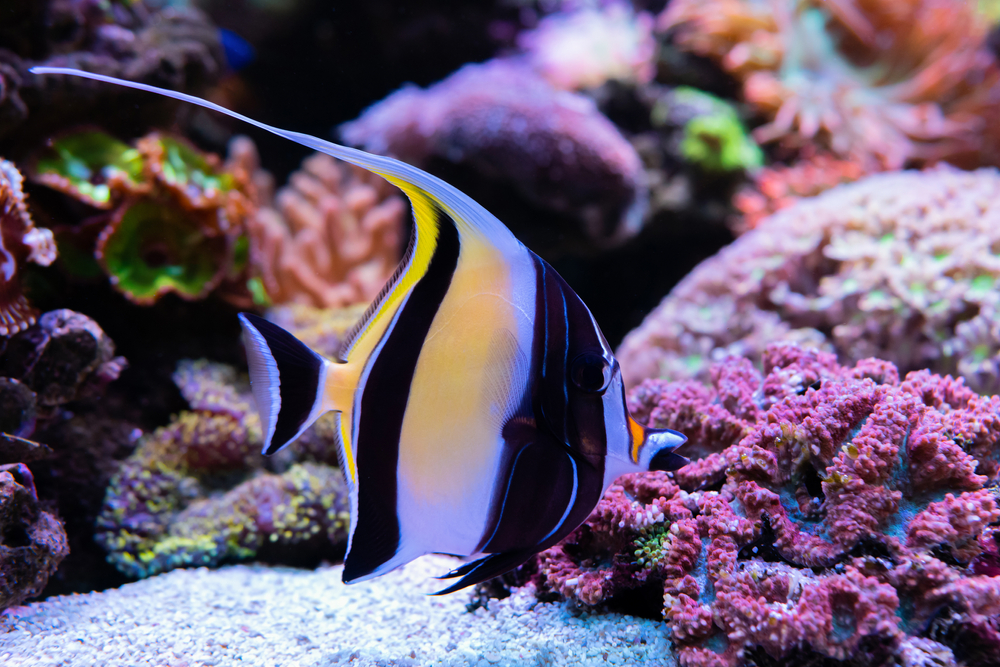
Fish are often chosen as low-maintenance pets, but their care is more complex than it appears. Maintaining the proper tank environment is crucial, as poor water quality can lead to stress and disease in fish. Some fish species can become aggressive towards each other, leading to injuries or even death. It’s important to research compatibility between different fish species when setting up a community tank.
Additionally, certain fish species can carry diseases that are transmissible to humans, such as Mycobacterium marinum. This highlights the importance of proper hygiene when handling fish or cleaning tanks. Fish require a balanced diet and regular monitoring to ensure they are healthy and thriving. Overfeeding can lead to obesity and poor water quality, both of which can harm fish. With the right knowledge and care, a fish tank can be a beautiful and tranquil addition to your home, though it requires more effort than one might initially think.
